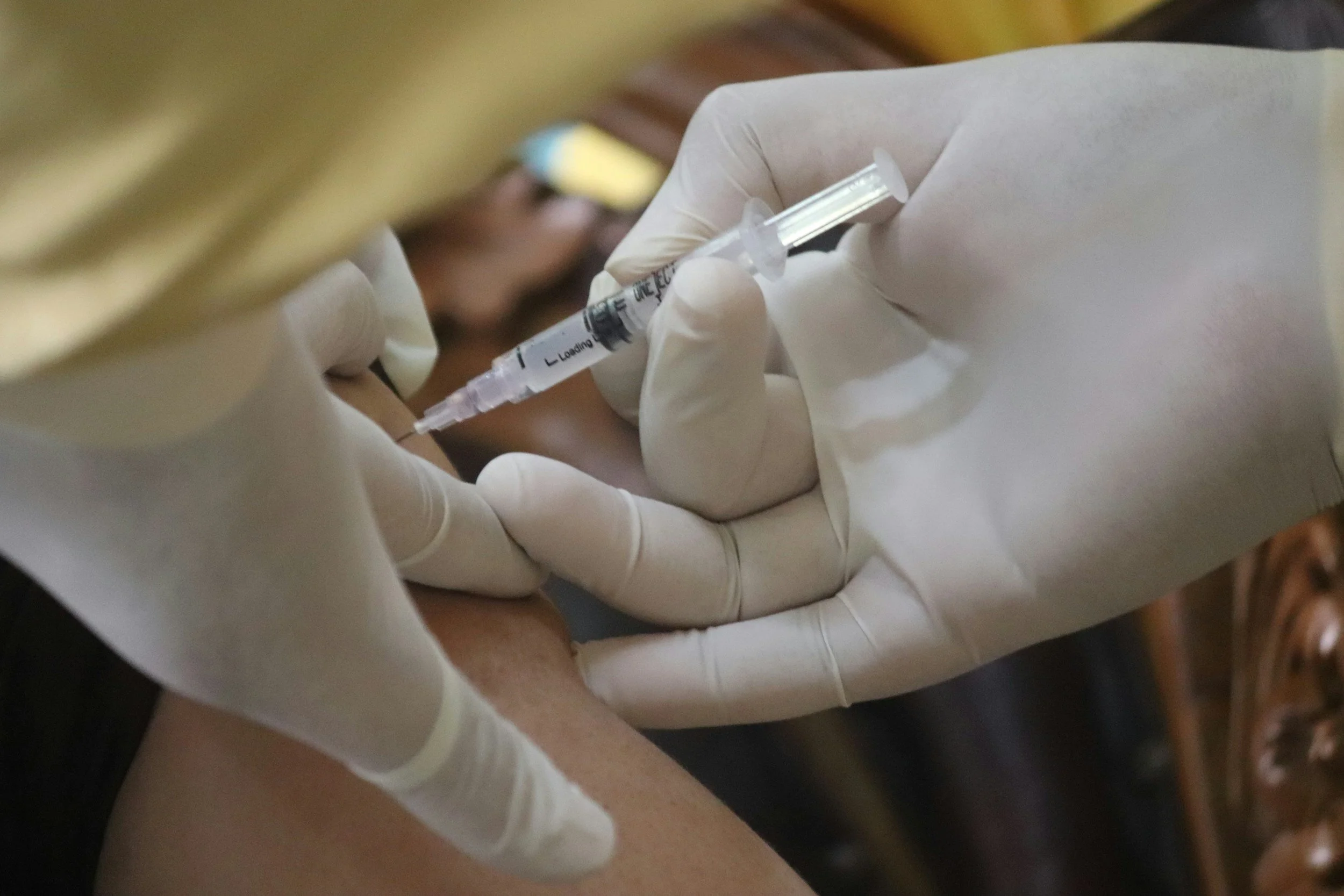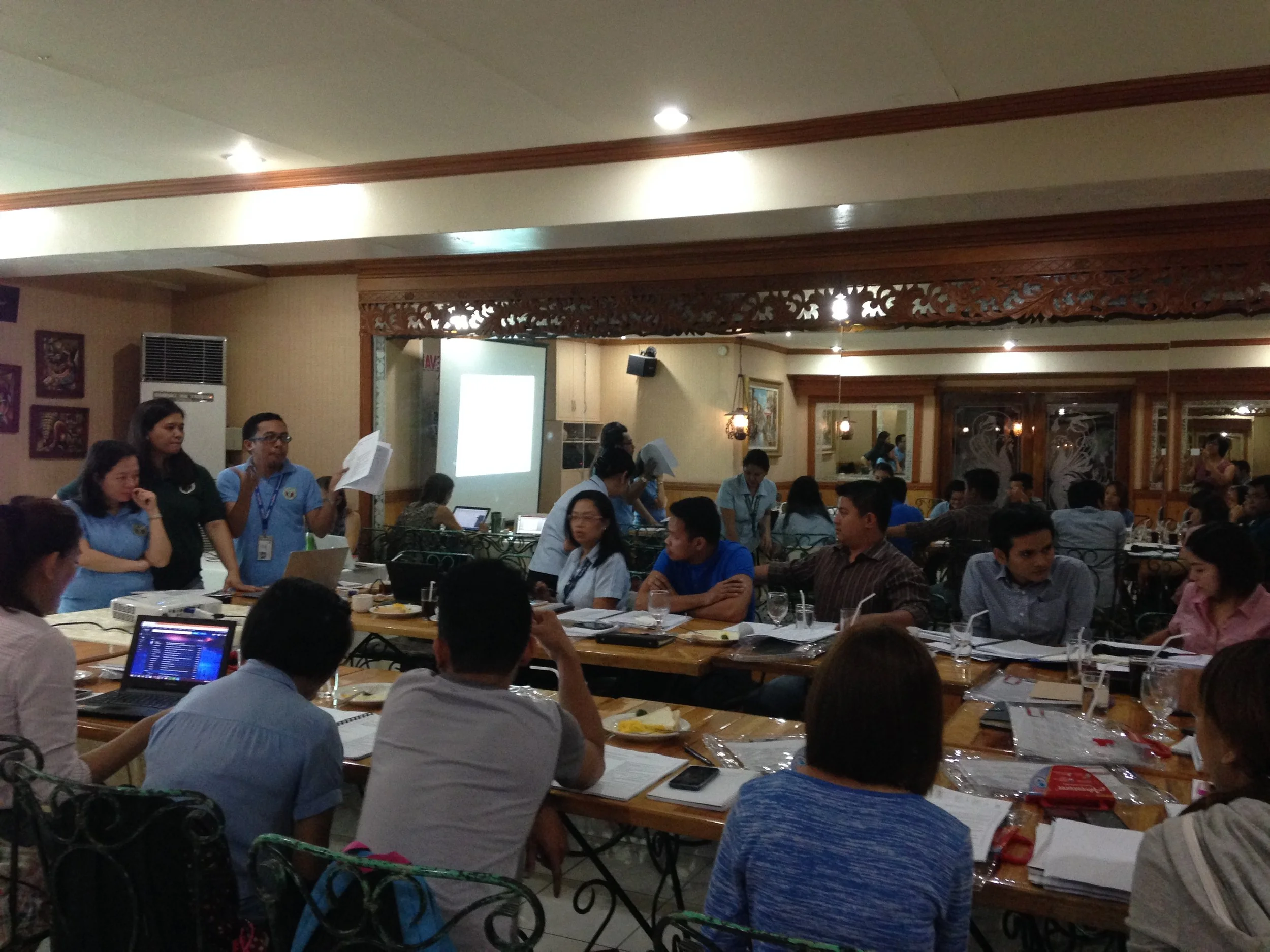
Multiple Injection Evaluation
In line with the introduction of new vaccines and the Global Polio Eradication Initiative (GPEI), both pneumococcal conjugate vaccines (PCV) and inactivated poliovirus vaccine (IPV) were included in immunization programs in the Philippines and worldwide. This led to an increase in the number of injections administered to children in a single visit. While administering multiple injections in the same extremity during the same visit has been proven safe and effective, the acceptance of this practice by healthcare providers and caregivers is unknown in many developing countries. In April 2015, the World Health Organization (WHO) Strategic Advisory Group of Experts on Immunization (SAGE) identified this as a key research gap.
Multiple injection evaluation in rural health unit.
The Philippines, part of the Western Pacific Region, joined countries such as Gambia (African Region), Albania (European Region), Colombia (Latin America), and Nepal (Southeast Asia), as well as the US Centers for Disease and Control Prevention (US CDC), in conducting studies on this issue. In the Philippines, the study aimed to determine the acceptability of multiple injections by healthcare providers and infant caregivers, and the impact of having simultaneous injections in a single visit on the National Immunization Program.
The project was carried out from September 2015 to September 2016 in three regions of the country: Central Luzon (Region 3), Western Visayas (Region 6), and Northern Mindanao (Region 10). The results were presented at an international conference and have been published in a peer-reviewed journal. More importantly, the study was presented and used by the Philippine Department of Health (DOH) in evaluating the National Immunization Program to develop more effective tools to communicate vaccine safety to parents. This initiative highlights the Institute’s commitment to improving the immunization program in the Philippines and addressing knowledge gaps in immunization systems across developing countries worldwide.
-
Introduction of inactivated poliovirus vaccine in the Philippines: Effect on health care provider and infant caregiver attitudes and practices. https://doi.org/10.1016/j.vaccine.2018.09.028
Multiple injection training sessions.




